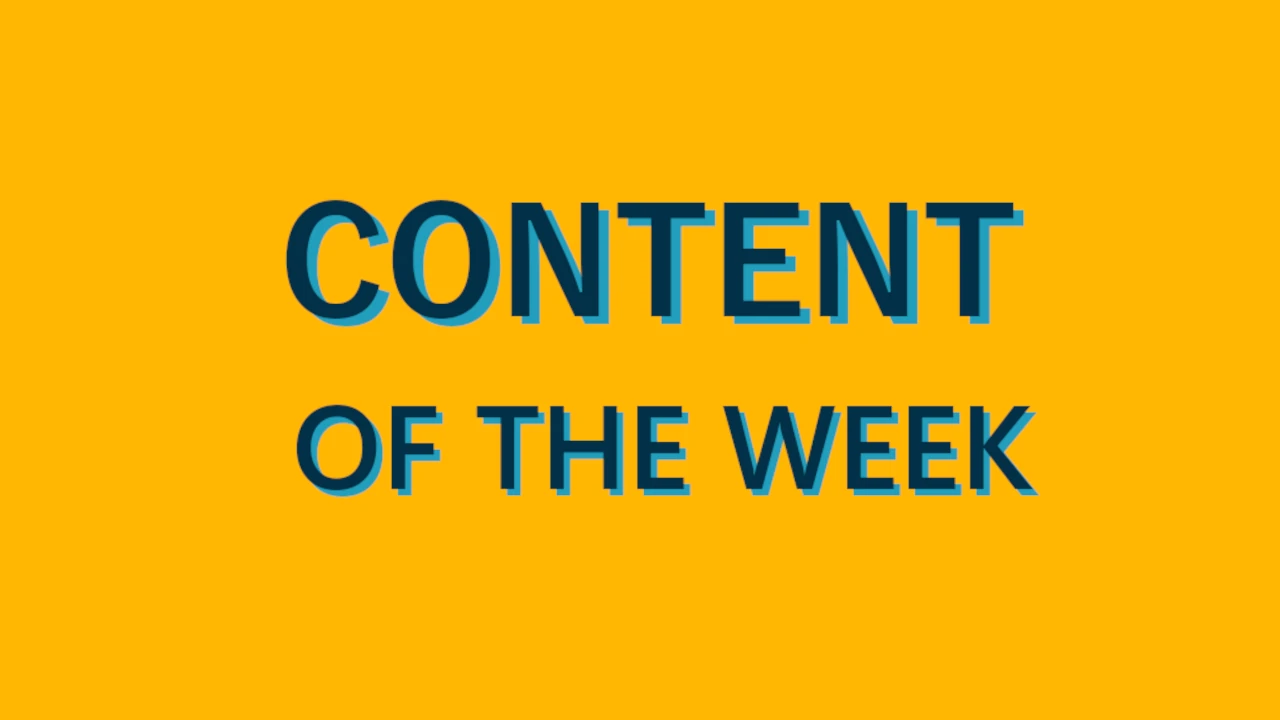February 5, 2025
Content of the week #15: Tone of Voice
I’ve been doing a bit of work on tone of voice for the Roald Dahl Museum recently and as I’ve been pulling together some examples from other galleries, libraries, archives and museums I thought I’d share them here too.
Tone of Voice in the TikTok age is interesting as it’s as much about the tone of your visual and spoken content as it is about the written word. It’s also easy to veer off the path of a voice attribute – which can be dialed up or down depending on the channel and context – versus a principle, which should remain constant in everything you do.
Anyway, here are some good ones.
British Library
This campaign has been living, as they say, rent free in my head since it rolled out.
A lot of cultural tone of voice guidelines try to get across some of the inherent magic in what we do and care for – the thrill of encountering a piece of history, the sense of discovery and transportation into imagination.
Sometimes all it takes is trying to get that feeling across in everyday language, describing not just the awe of it but the lived experience of your visitors. Sometimes that can’t be done in a pithy byline, you really need to dig into it.
This kind of bold statement that has a big splash can set the tone and stick with visitors long after it’s been pulled down from the wall.
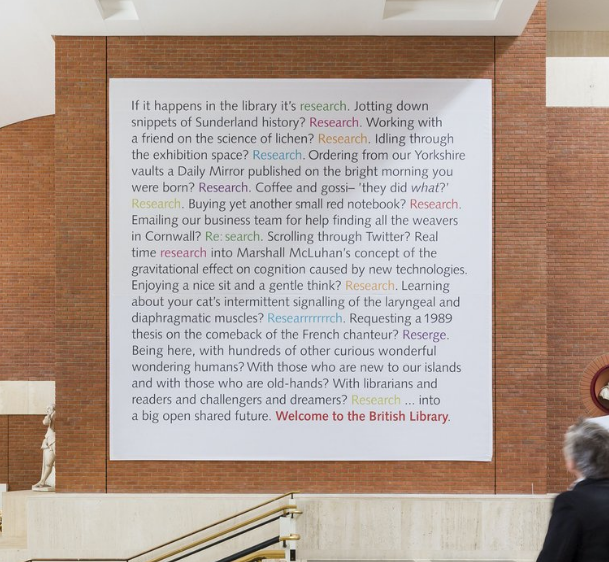
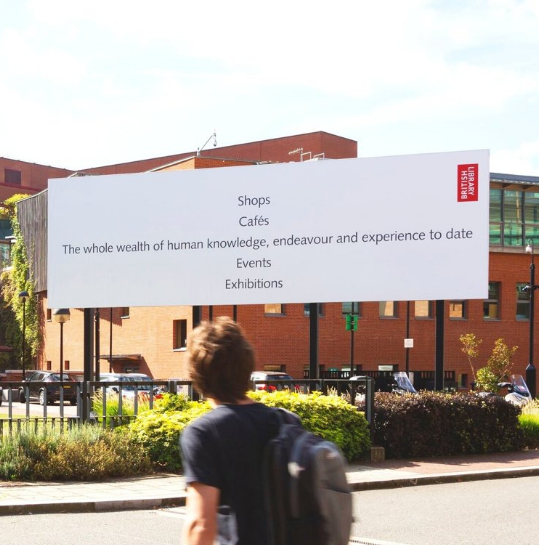
British Museum
Not one you’d normally expect. Yes, that British Museum which is the subject of internet memes, repatriation requests and holder of the consequences of imperial conquest (among other things).
But there’s been a change recently in their social media. They’ve realised they can still adapt the museum to social media while still walking that tightrope of not offending, well, pretty much every country touched by British imperialism. It’s manifested in memes, namedropping Hollywood movies filmed onsite, Choose Your Champion reels and a bit of user-generated content. And alongside the shift in tone for content itself, the copy has moved from ‘copy and paste the object label’ to something more human.
The BM has always been an interesting case study for social media. The social media employees are not in charge of decisions over repatriation and facing up to colonial legacies, and it’s probably one of the hardest jobs in museum social media to find a way to still connect with audiences without mentioning the stolen elephant in the room.
But this approach at least is beginning to put more of a human face on the institution rather than burying its head in the sand of safe, inoffensive content. As their social media manager said to me, “You wouldn’t turn up to a bar and lecture people like its a PhD viva.”
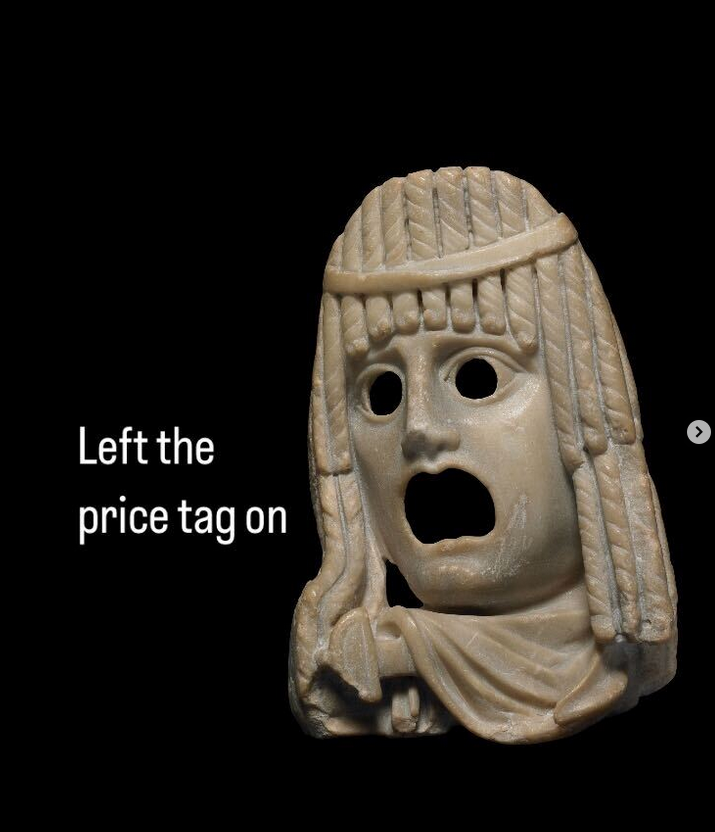
Crab Museum
The Crab Museum is very obviously a museum unburdened by historic legacy, interdepartmental silos and interfering trustees. It’s a small team who are united behind what the museum is, what it’s for and how it communicates.
The result is ‘unhinged’ memes adapting to trends, brand new ones and regular digs at the Science Museum’s funding.
It’s not trying to appeal to specific audience segments beyond ‘the internet’. You’ll either like it or you won’t like it, but that’s not going to change what they do.
The Crab Museum is what happens when you give your social media person full agency to do what they think works. And it does work.
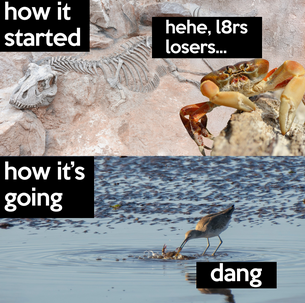
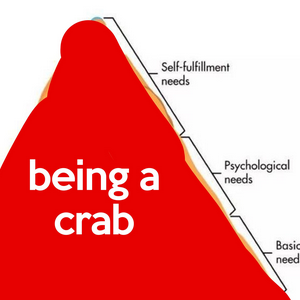
The MERL
I hate saying this because it’s what I did, but The MERL kicked off/accellerated a movement to make museum social media more human and conversational.
Joe Vaughan’s built on that tradition amazingly, most recently with a giant hog.
The magic of The MERL is that a majority of the effort is put into talking with the community. There’s a theory that you only need 1000 fans to really kick off a social media account, and the MERL nurture, talk to and build on their content with their 1000+ fans pretty much every day of the week.

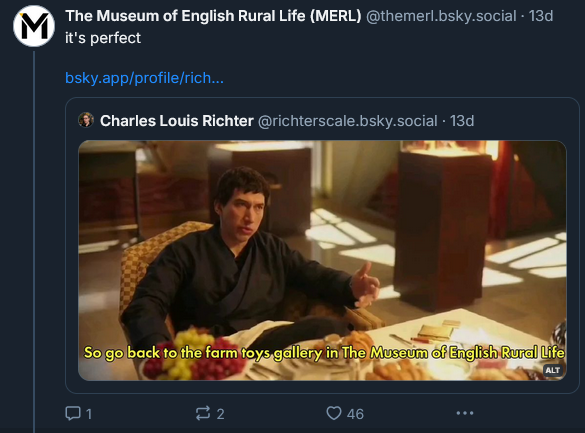
Content creators
Content creators are reaching vastly more people than most galleries, libraries, archives and museums. Some of that is down to taking advantage of the interest graph algorithm – they can more easily focus on a niche than most institutions, which have to post about many other things than their core subject (though I wish they wouldn’t).
But it’s also because they have a defined style and tone. They don’t try to appeal to everybody, they just hone what they’re good at without pretending to be someone else. That means the History Gossip has built an audience of nearly 575k by exploring the smut of history, Alice Loxton has 860k by bringing a BBC4 energy to TikTok and Zack Pinsent has 487k by recreating and modelling historic costumes.
So
I mean that’s basically it.
Most effective tone of voice pretty much just does what this venn diagram says, if you swap out ‘What we want’ for ‘Who we are’:
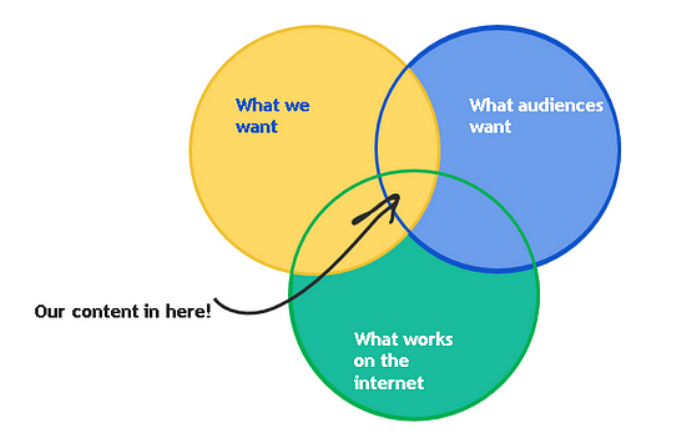
Reach out
Interested in what I do and how I can help? Chatting to me is free, and I can work to your budget :)
